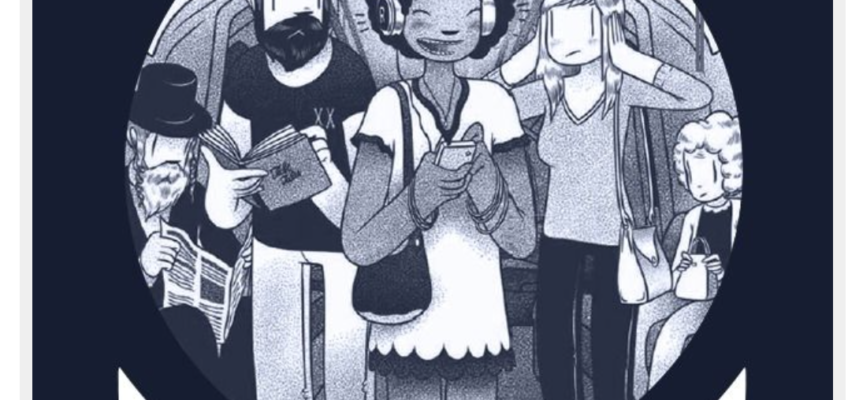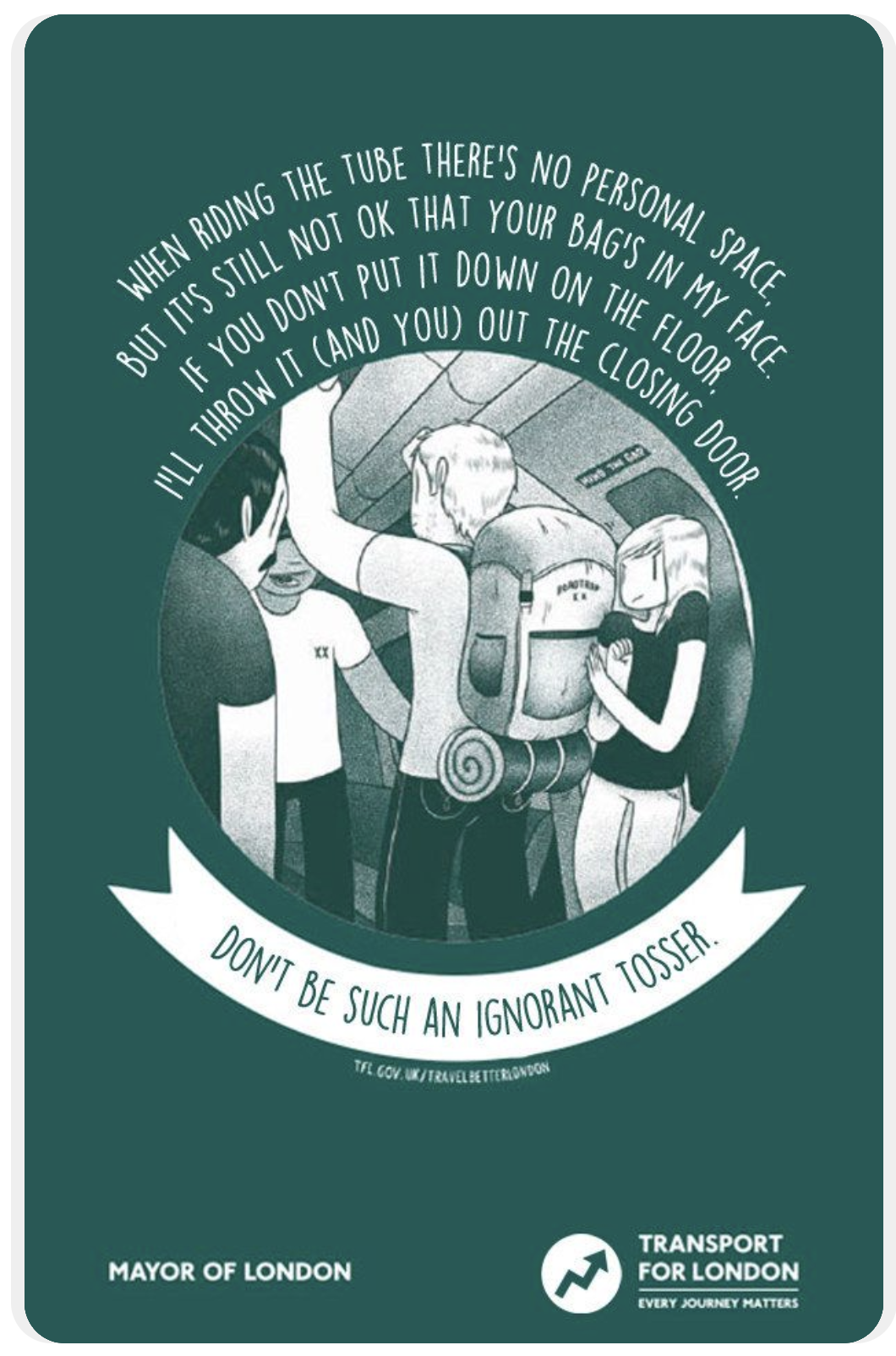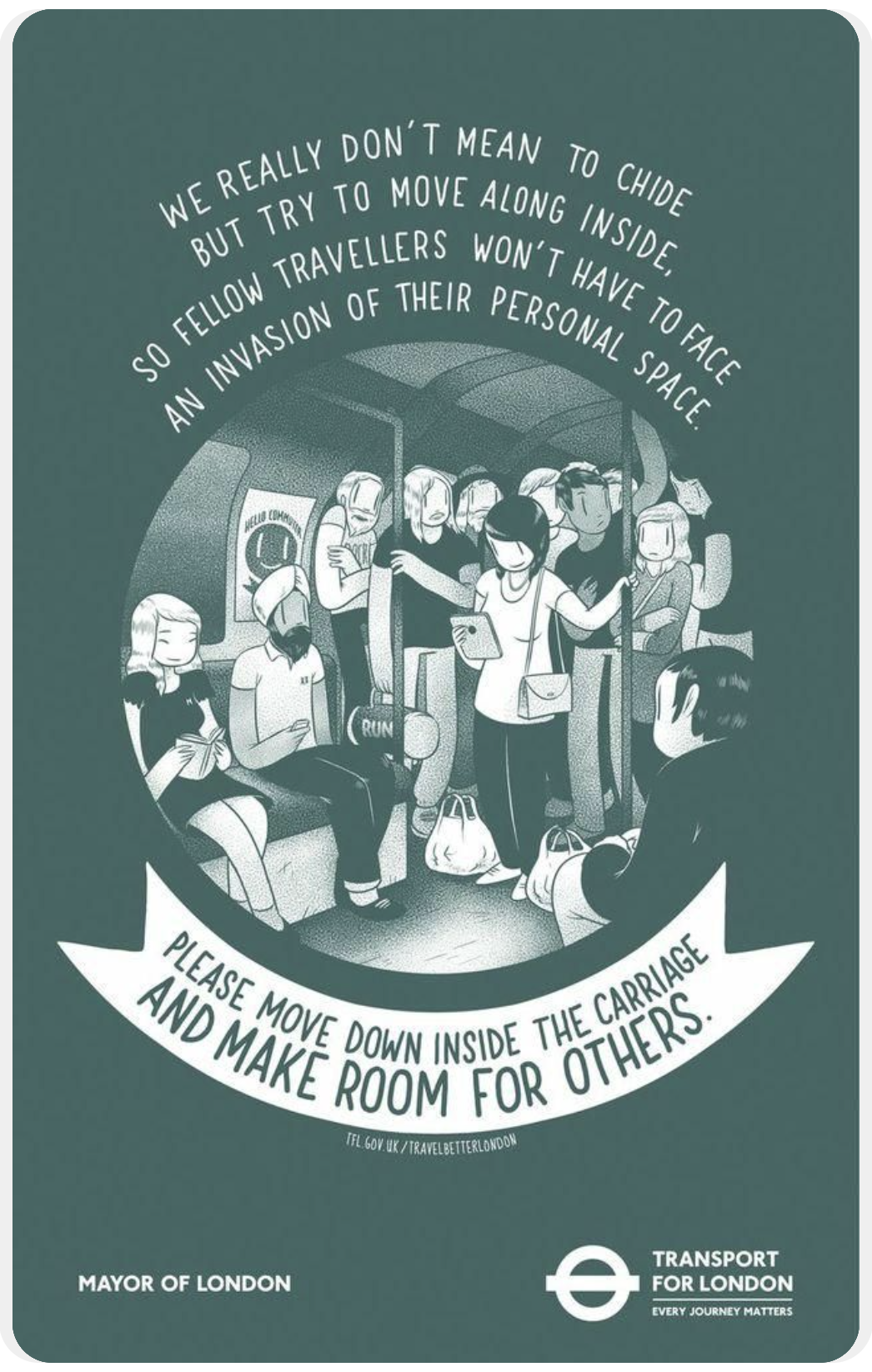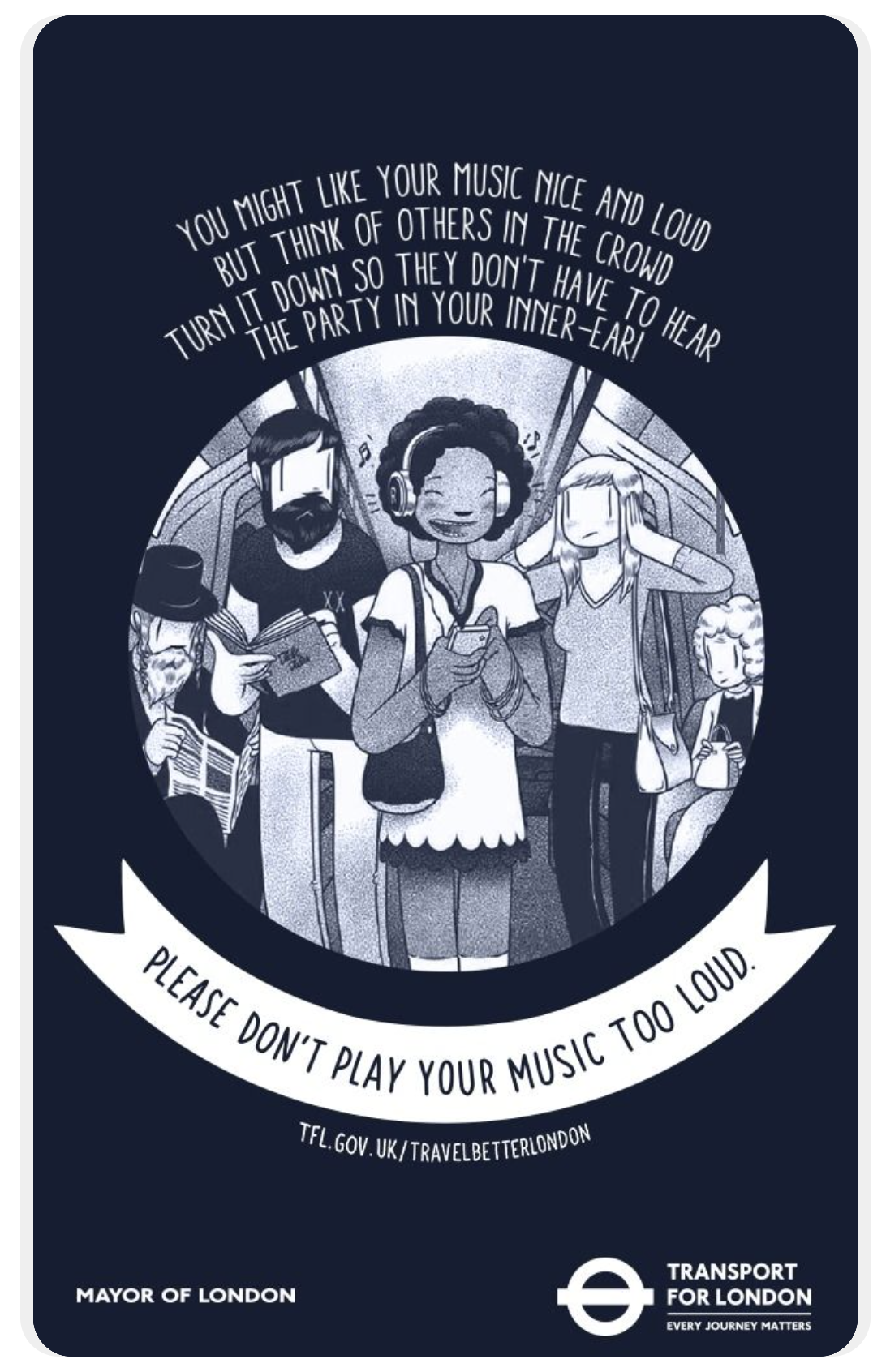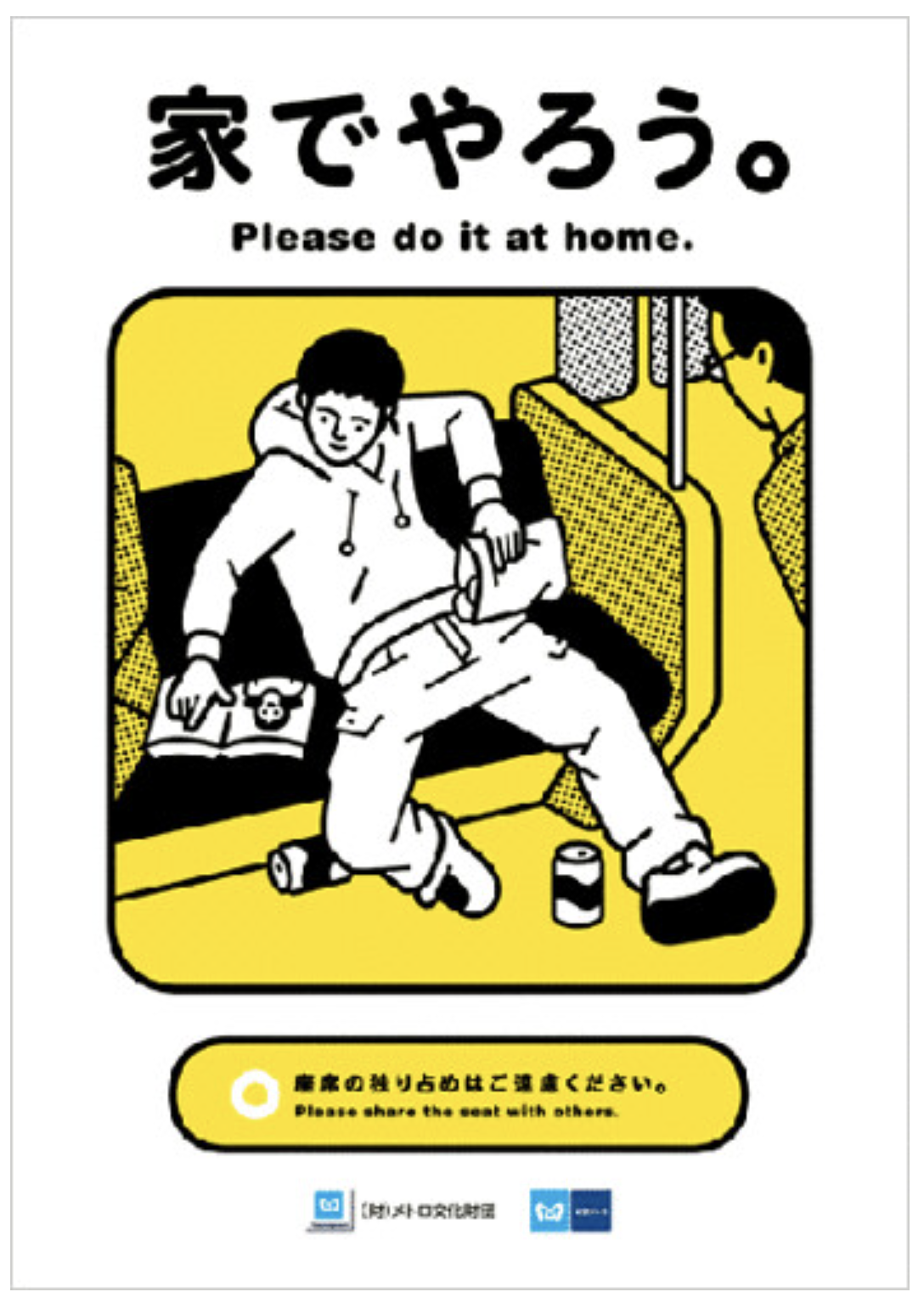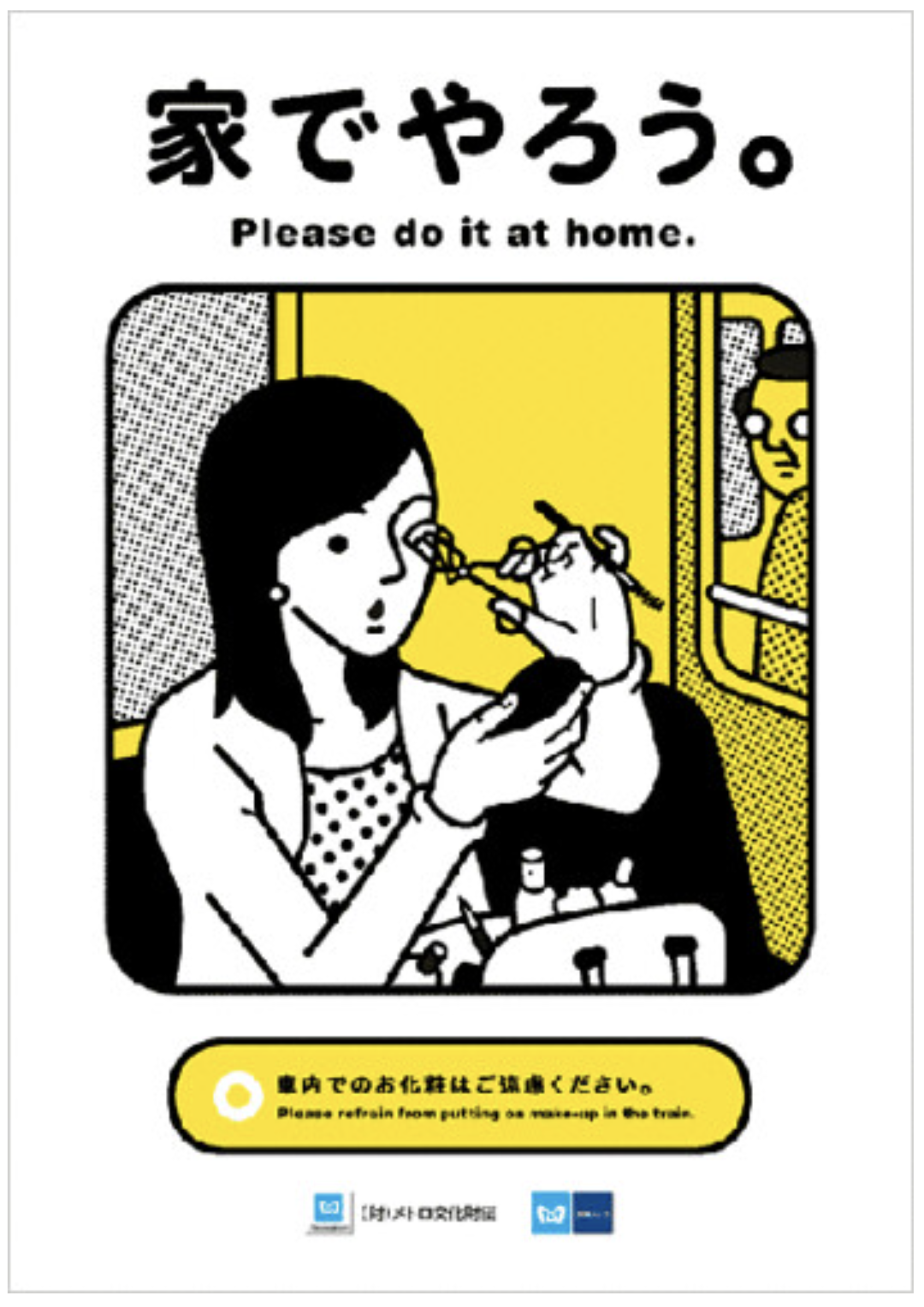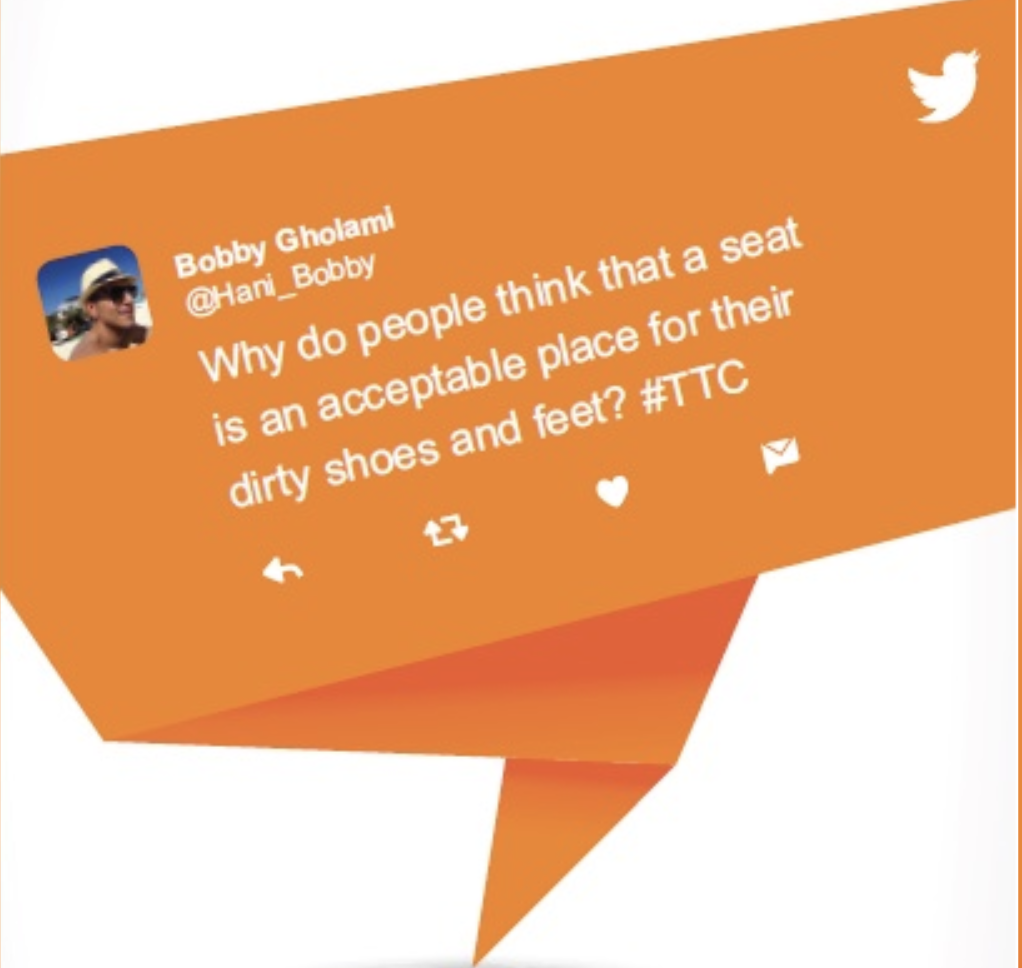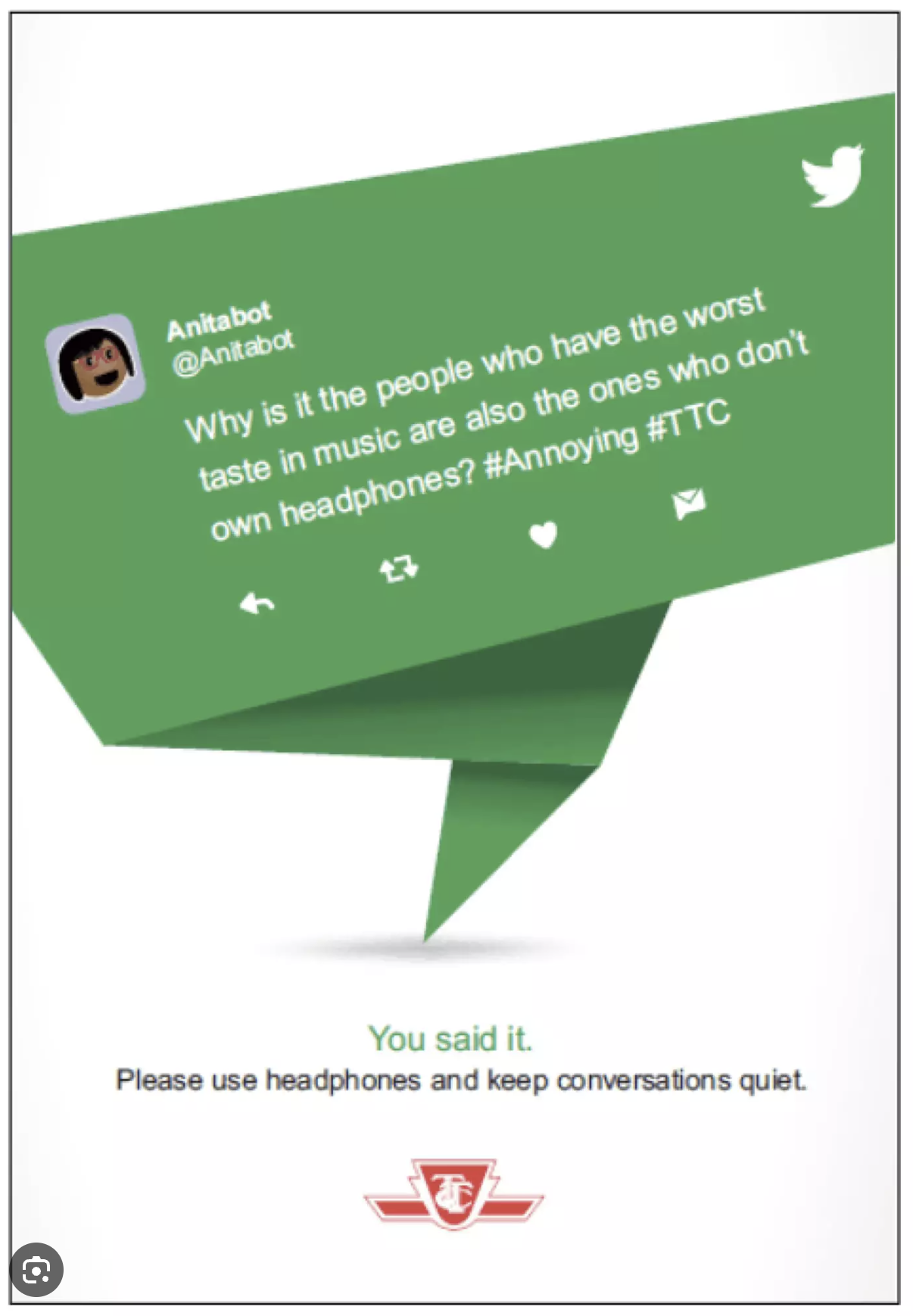The communication of behavioural expectations plays an important role in the management of contemporary urban spaces. Semiotic interventions are required from time to time to keep things moving in the right direction.
Off late, more than ever, the transit is one space which IMO needs some design help to prevent socially inappropriate behaviours in a public space.
Toronto is a multicultural city with over 250 ethnicities and 180+ languages spoken. Where this brings about diversity and with it a unique creative spirit, it can also bring about some cultural challenges.
Public transport and seen and perceived very differently in different parts of the world and people have a varied attitude and mindset towards the same.
Being a regular public transit user and an avid supporter of the same for various reasons, I see the variation in etiquette across cultures very vividly during my trips.
Additionally, over the pandemic people seem to have forgotten how to behave in public. An average bus journey will now have two people in your bus watching Netflix without headphones, or playing their video game with the volume on and another having a videocall with somebody on speakerphone.
This is becoming more than a nuisance and as a designer I feel it needs some serious intervention and communication.
Visual communication, as in posters has historically been one way of dealing with this issue. Has it helped? I am not sure and only further research [is any] can determine the rate of success of these supposed solutions.
Top-down initiatives and telling someone how to behave rarely works. Doing the same a bit more cleverly, by understanding the target audience and their context can be more effective.
I decided to do a quick search on such initiatives in the past and found some interesting work done, in various urban space; in England, for the underground, in Japan and in some Toronto.
I really like how UK and Toronto, both involved the user in shaping their communication, so it becomes the voice of the rider themselves, and not that of authority.
Post Covid, Toronto and the GTA transit are in dire need of another communication strategy and intervention to make public transit safe, pleasant and comfortable for all concerned.
My favourite from what I have seen so far, where Transport for London urged passengers to get creative and write a travel etiquette poem, a limerick, which is so imbedded in the English culture, as part of its Travel Better London campaign in 2015 [londonist.com].
From the Tokyo Metro, giving the users the message in a cartoon form, using the ‘do it at home’ as their base tagline. The campaign uses exaggeration and some humour to drive some harsh messages home.
TTC ‘You Said It’ campaign in 2017, that highlights feedback from commuters and takes complaints in the form of tweets from the riders using them to transform the user experience.

